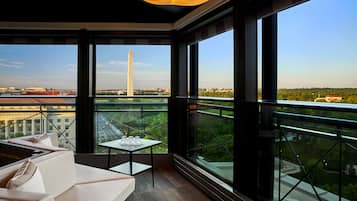Pennsylvania Avenue is one of the most important roads in the country, connecting the White House to the United States Capitol in Washington, DC. Preserved as a National Historic Site, this street has immense political and historical significance and is often referred to as a metaphor for the political process itself and its separation of powers. Along this iconic avenue, you'll find a wide variety of attractions to visit, including Ford's Theatre, the Treasury Building, and Freedom Plaza.
As one of the quintessential landmarks of Washington, DC, Pennsylvania Avenue is a must-visit destination for adults and kids alike. With the amount of history preserved in this historic site, no trip to the capital is finished without stopping by America's Main Street. To see all the attractions available along the avenue, it could easily take all day, so start early.
Pennsylvania Avenue in Washington DC - one of the highlights of 10 Best Things to Do in Washington DC and 10 Most Popular Streets in Washington DC (Read all about Washington here)
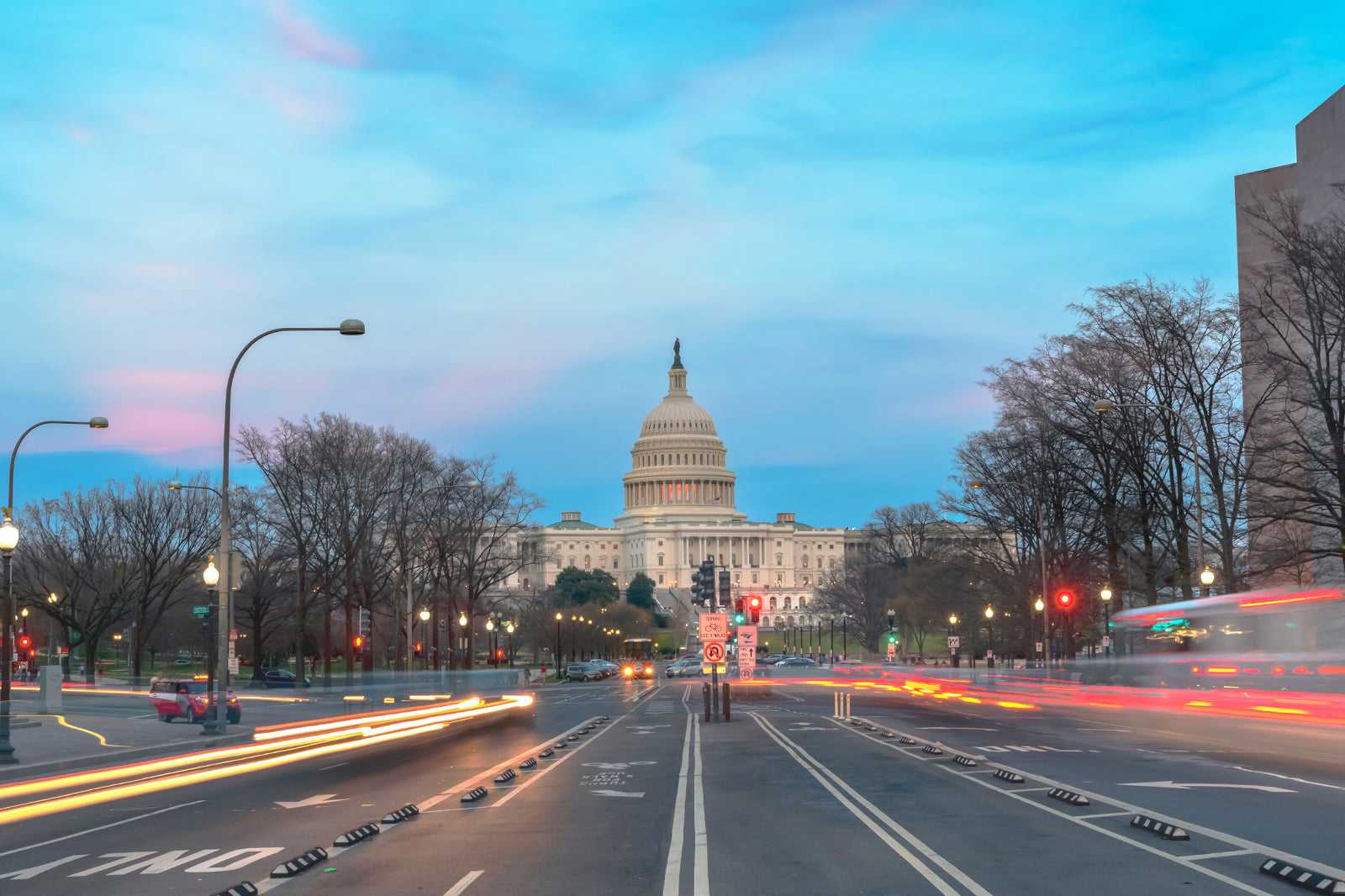
What are the highlights of Pennsylvania Avenue in Washington, DC?
The 2 most iconic landmarks on Pennsylvania Avenue are the White House and the US Capitol building. Both of these buildings are packed full of history and still play important roles as the home of the federal government's executive and legislative branches, respectively. Tours are available at both, and the unique architecture of the buildings alone is typically enough to warrant a visit to at least the exterior.
When you're around the Pennsylvania Avenue historic site, you may also want to stop by Ford's Theatre. First opened in 1863, this theatre now functions as a museum commemorating its history and the infamous assassination of President Lincoln that occurred there. You can even see the Derringer pistol that John Wilkes Booth used on display at the museum in the theatre.
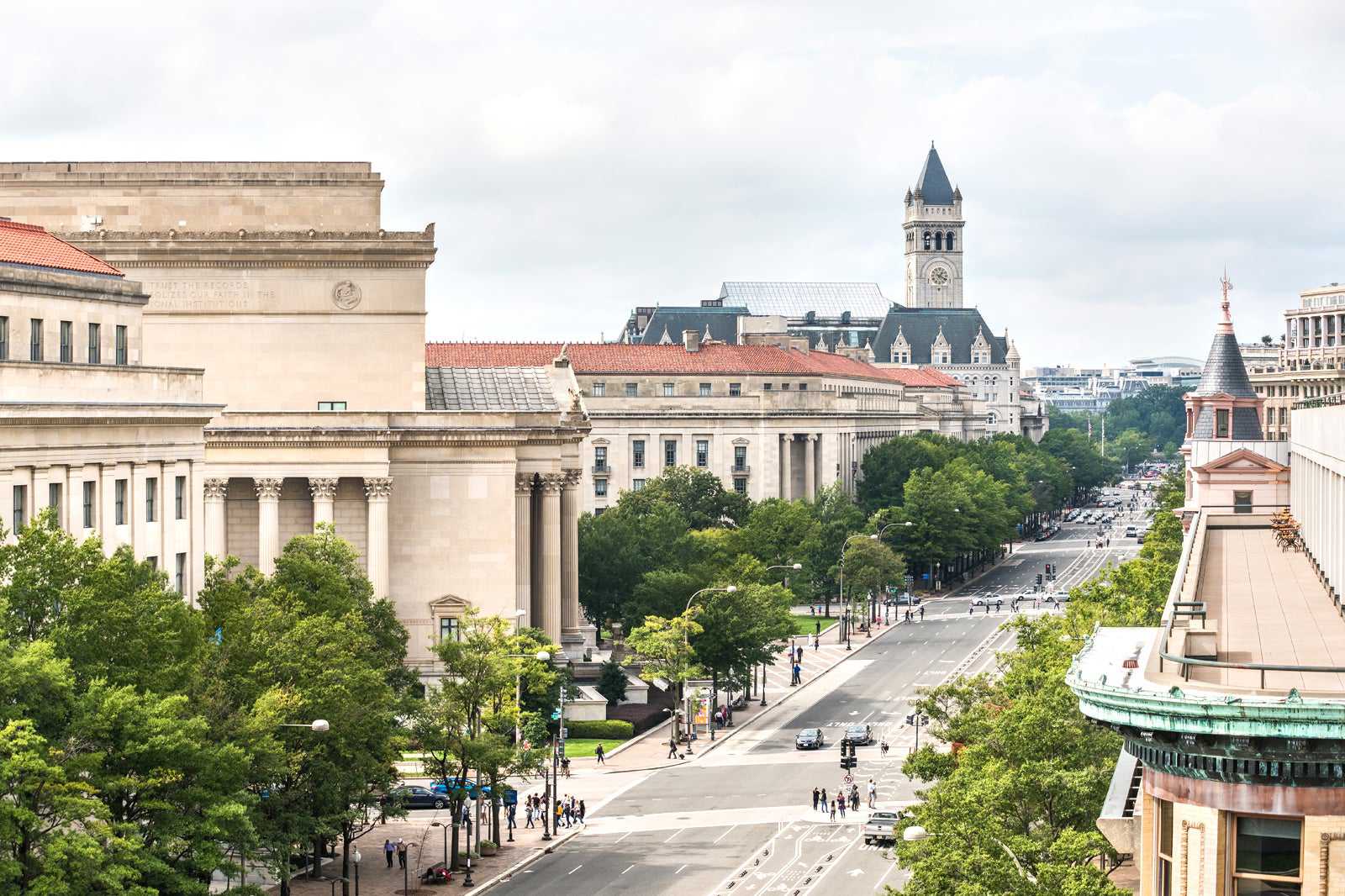
A brief history of Pennsylvania Avenue in Washington, DC
Pennsylvania Avenue has been a critical road running through DC ever since the initial planning stages as drafted by Pierre Charles L'Enfant. The street itself was created in 1792, though it wasn't cleared for another 4 years. Much of the street was swampy and unsafe in its early years, earning it some unflattering nicknames that have, fortunately, gone out of fashion.
Pennsylvania Avenue was eventually widened and officially completed after Jefferson's order in 1803, with additional improvements following throughout the 19th century. The area around this street saw many historically significant buildings and events, which increased interest in establishing it as a historic site. In 1966, it was granted additional protections for being on the US National Register of Historic Places.
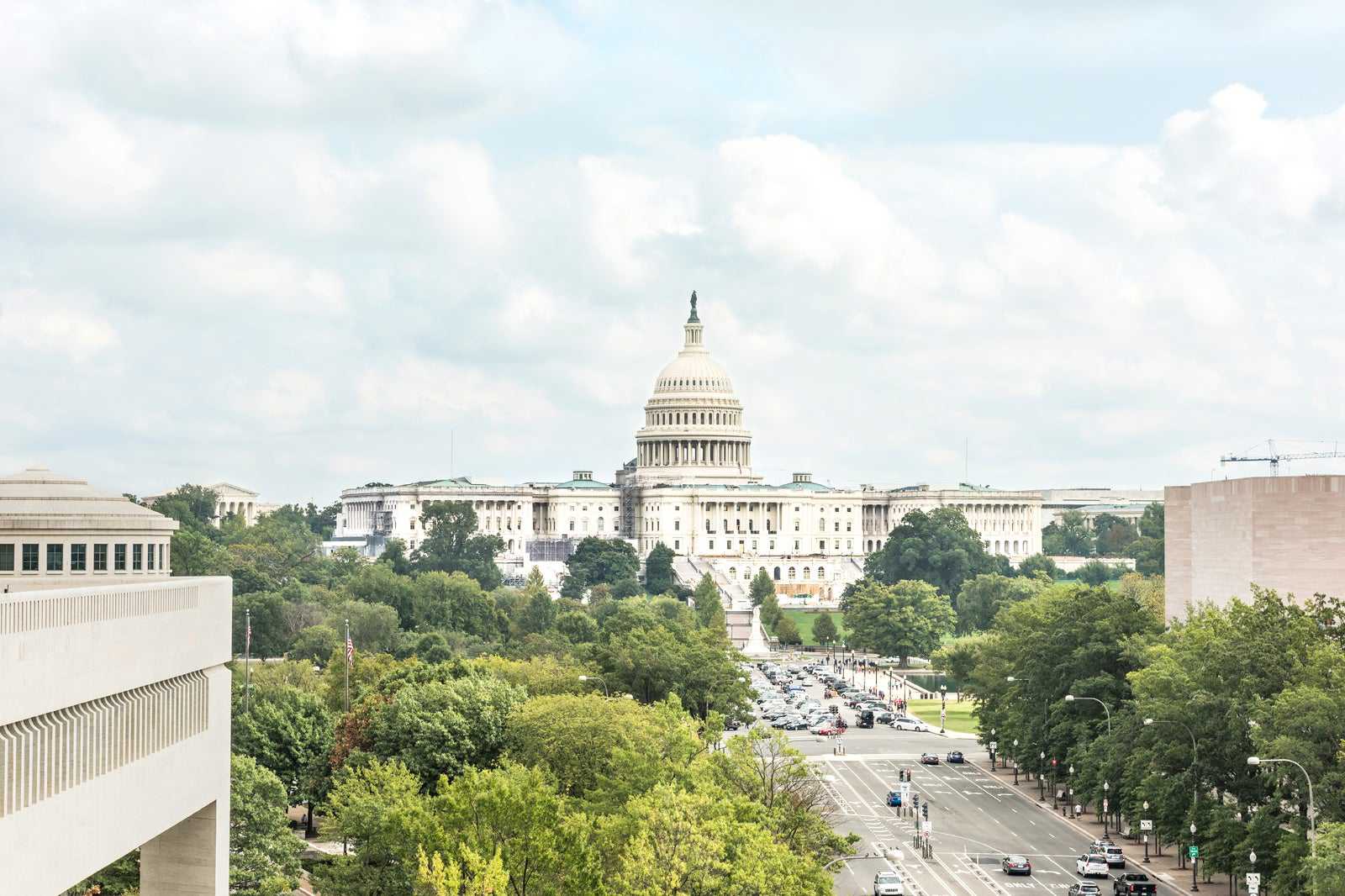
What else is good to know about Pennsylvania Avenue in Washington, DC?
When you visit Washington, DC, you'll probably find yourself travelling along Pennsylvania Avenue, as it's such an important road. The surrounding historic site is easy to get to as well. While parking is always a hassle in DC, you'll find plenty of metro stations that can get you close, like the Smithsonian, Chinatown, Metro Centre, and McPherson Square stations.
If you're visiting Pennsylvania Avenue, you may want to check out some of the surrounding attractions as well. To the south, you'll find the National Mall, a well-maintained park that's home to some of the most iconic monuments and museums in town, including the Washington Monument and the Smithsonian National Air and Space Museum. Head to the east, and you can visit the National Building Museum as well as Stanton Park.
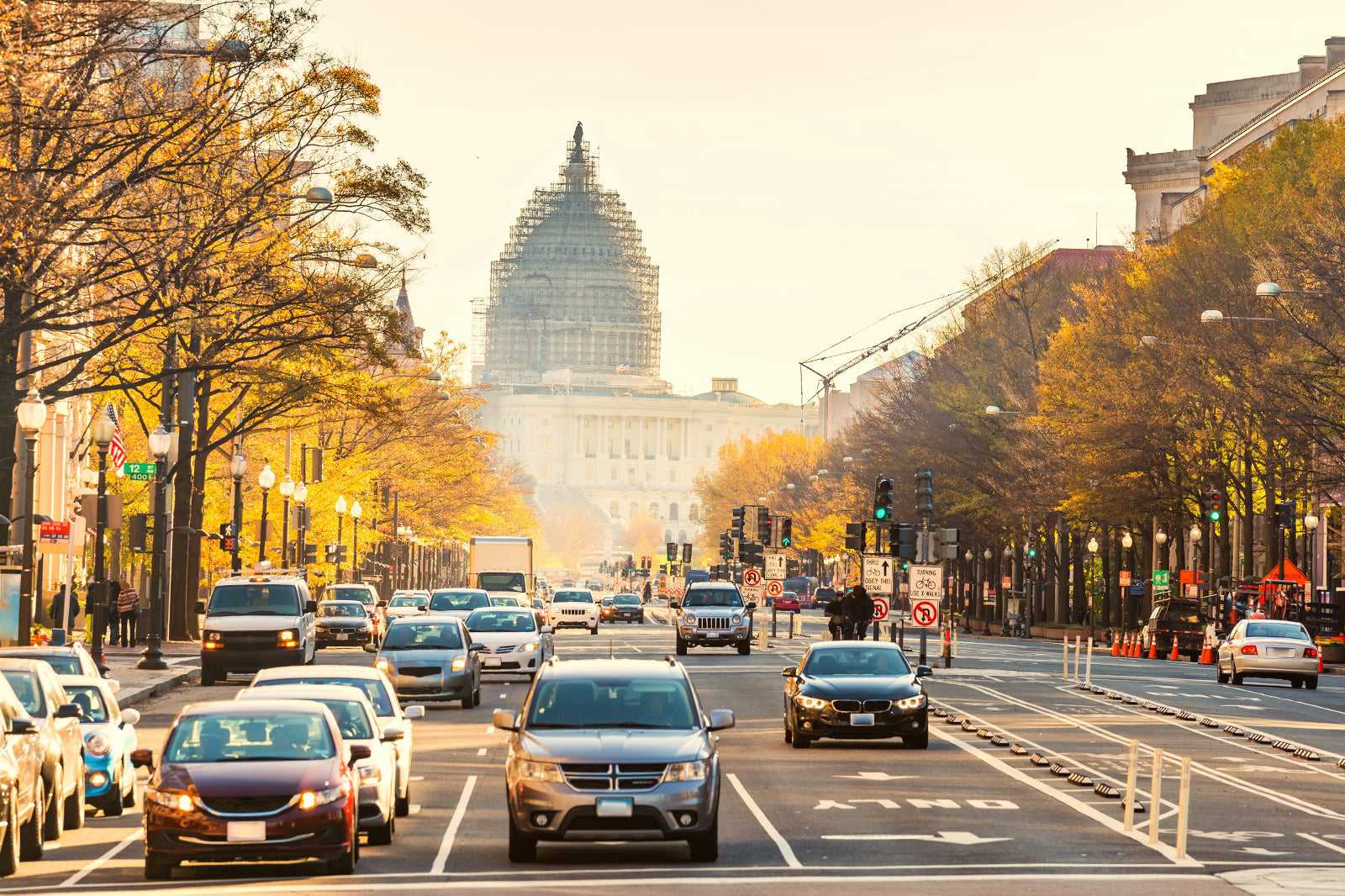
Pennsylvania Avenue in Washington DC
Locatie: Washington, DC, USA




